Paul Gauguin, a French painter and sculptor, is one of the best-known names in modern art. He was born in Paris on June 7, 1848. His father was a journalist with Republican ideas. Following the coup d’état by future emperor Napoleon III, the family left France. His father died during the journey. Young Paul and his mother found refuge with his maternal relatives in Lima, Peru. Gauguin returned to France in 1855. When he was 17 he embarked on a merchant ship and spent more than five years traveling around the world. He settled in Paris in 1871, working as an exchange broker. At this point in his life, Gauguin began to cultivate an interest in painting. He painted in his free time, visited exhibitions and established contacts with the artists of the time. The most innovative artistic trend at the time was Impressionism. Gauguin adopted this luminous painting style, based on the use of pure color, and exhibited at Impressionist shows. [For Graphics: show artworks from Gauguin’s early phase.]
Critics began to show an interest in his work when he presented Study of a Nude. Suzanne Sewing in 1881. Intolerant of the restrictions of bourgeois life, Gauguin abandoned his job and dedicated himself entirely to painting. His desire to escape led him to travel in search of new places and cultures. He stayed at Pont-Aven, a village deep in the countryside in Brittany, where a large community of artists fascinated by the still-archaic culture of the area lived. There, Gauguin developed a new style, inspired by primitive art. He painted works with strong, intense colors that didn’t imitate real hues but evoked emotive states. He spread color on large flat surfaces surrounded by clearly marked edges. In a short time his style, became a source of inspiration for younger artists. In his search for pure, uncontaminated worlds, Gauguin spent long periods in Tahiti. Here he found the earthly paradise he was looking for. His paintings, done in increasingly bright, luminous colors, exalted harmony between man and nature, the beauty of the location and the quiet serenity of its local population. The culminating work of Gauguin’s Tahiti period is Where Do We Come From? What Are We? Where Are We Going? [1897] The painting is very large, and inspires reflection on man’s destiny and the different stages of life.In 1901, Gauguin transferred to the Marquesas Islands, an archipelago in Polynesia where he died on May 8, 1903. He was 54. His painting was an important point of reference for the start of the avant-garde movements of the twentieth century.
Critics began to show an interest in his work when he presented Study of a Nude. Suzanne Sewing in 1881. Intolerant of the restrictions of bourgeois life, Gauguin abandoned his job and dedicated himself entirely to painting. His desire to escape led him to travel in search of new places and cultures. He stayed at Pont-Aven, a village deep in the countryside in Brittany, where a large community of artists fascinated by the still-archaic culture of the area lived. There, Gauguin developed a new style, inspired by primitive art. He painted works with strong, intense colors that didn’t imitate real hues but evoked emotive states. He spread color on large flat surfaces surrounded by clearly marked edges. In a short time his style, became a source of inspiration for younger artists. In his search for pure, uncontaminated worlds, Gauguin spent long periods in Tahiti. Here he found the earthly paradise he was looking for. His paintings, done in increasingly bright, luminous colors, exalted harmony between man and nature, the beauty of the location and the quiet serenity of its local population. The culminating work of Gauguin’s Tahiti period is Where Do We Come From? What Are We? Where Are We Going? [1897] The painting is very large, and inspires reflection on man’s destiny and the different stages of life.In 1901, Gauguin transferred to the Marquesas Islands, an archipelago in Polynesia where he died on May 8, 1903. He was 54. His painting was an important point of reference for the start of the avant-garde movements of the twentieth century.
RELATED
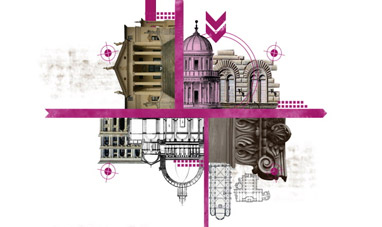

LEON BATTISTA ALBERTI
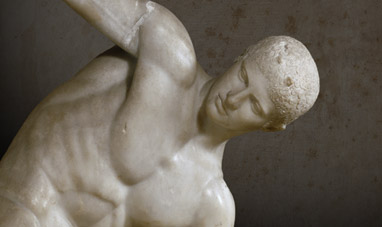

MYRON
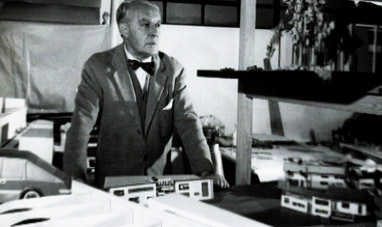

GIO PONTI


EURIPIDES
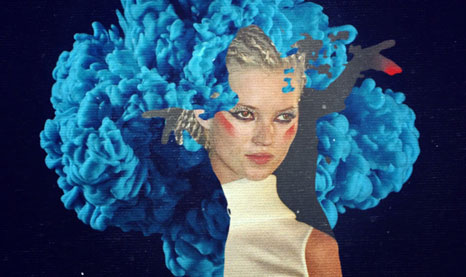

KATE MOSS


FRANCESCO BORROMINI


EMILY DICKINSON


BERTEL THORVALDSEN
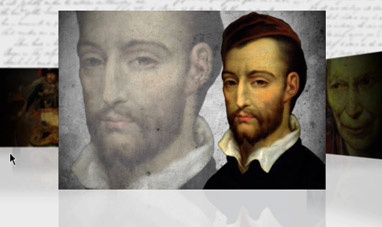

THÉODORE GÉRICAULT


JOHN WAYNE
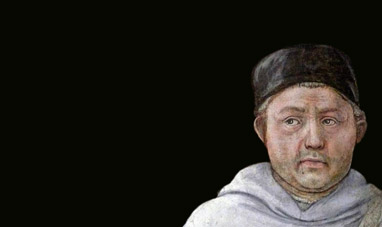

FILIPPO LIPPI
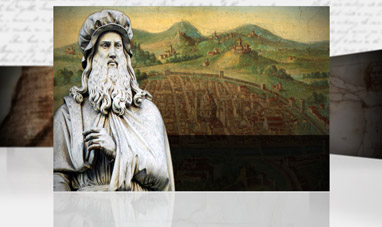

LEONARDO DA VINCI
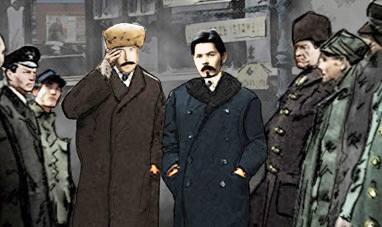

MAXIM GORKY
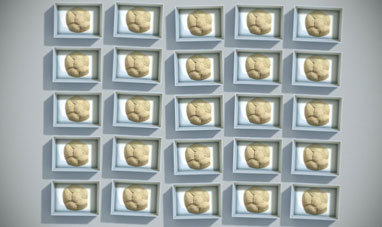

PIERO MANZONI
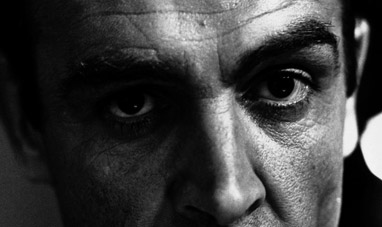

SEAN CONNERY
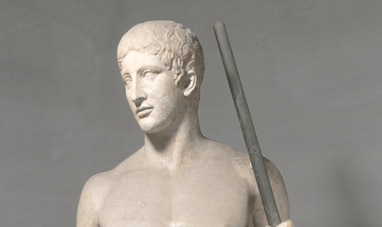

POLYCLEITUS
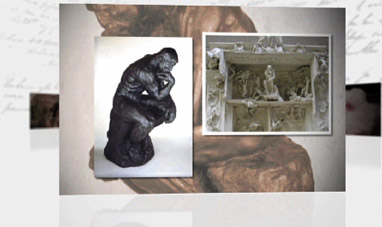

AUGUSTE RODIN


GABRIELE D'ANNUNZIO
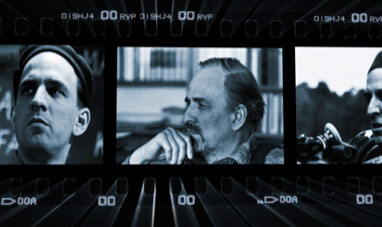

INGMAR BERGMAN


IMPRESSIONISM
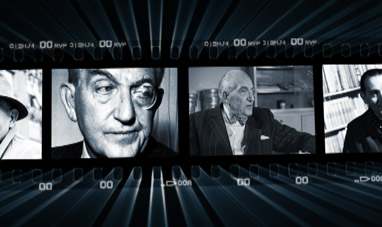

FRITZ LANG


CLAUDE MONET
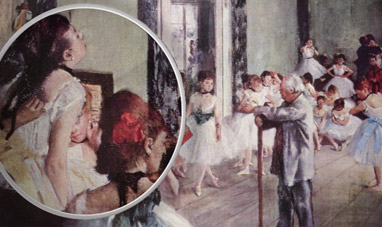

THE DANCE CLASS
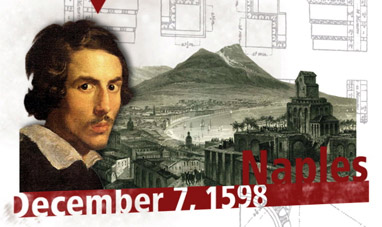

GIANLORENZO BERNINI
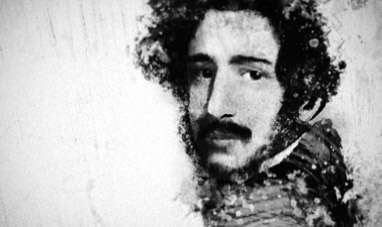

GAETANO DONIZETTI
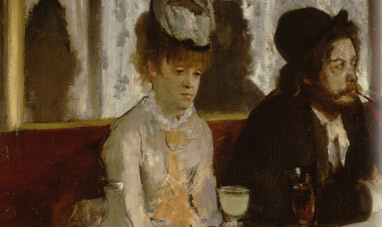

L'ABSINTHE


MONICA BELLUCCI


JOHANN SEBASTIAN BACH
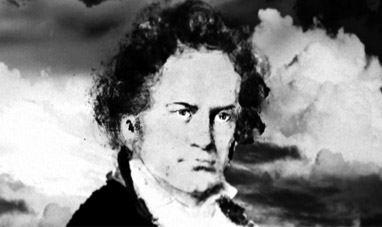

LUDWIG VAN BEETHOVEN


MARTHA GRAHAM
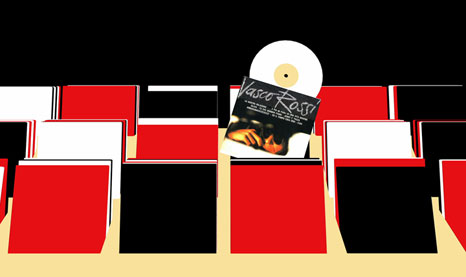

VASCO ROSSI


ANDREI TARKOVSKY
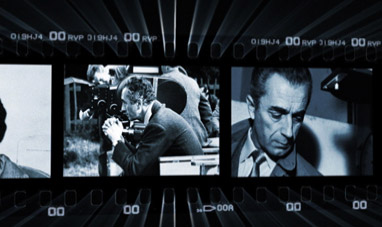

MICHELANGELO ANTONIONI


UMBERTO BOCCIONI
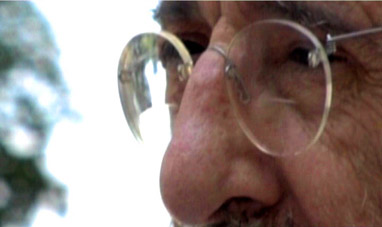

ÁLVARO SIZA VIEIRA
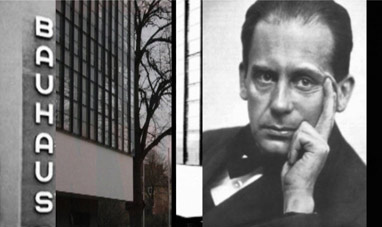

WALTER GROPIUS
